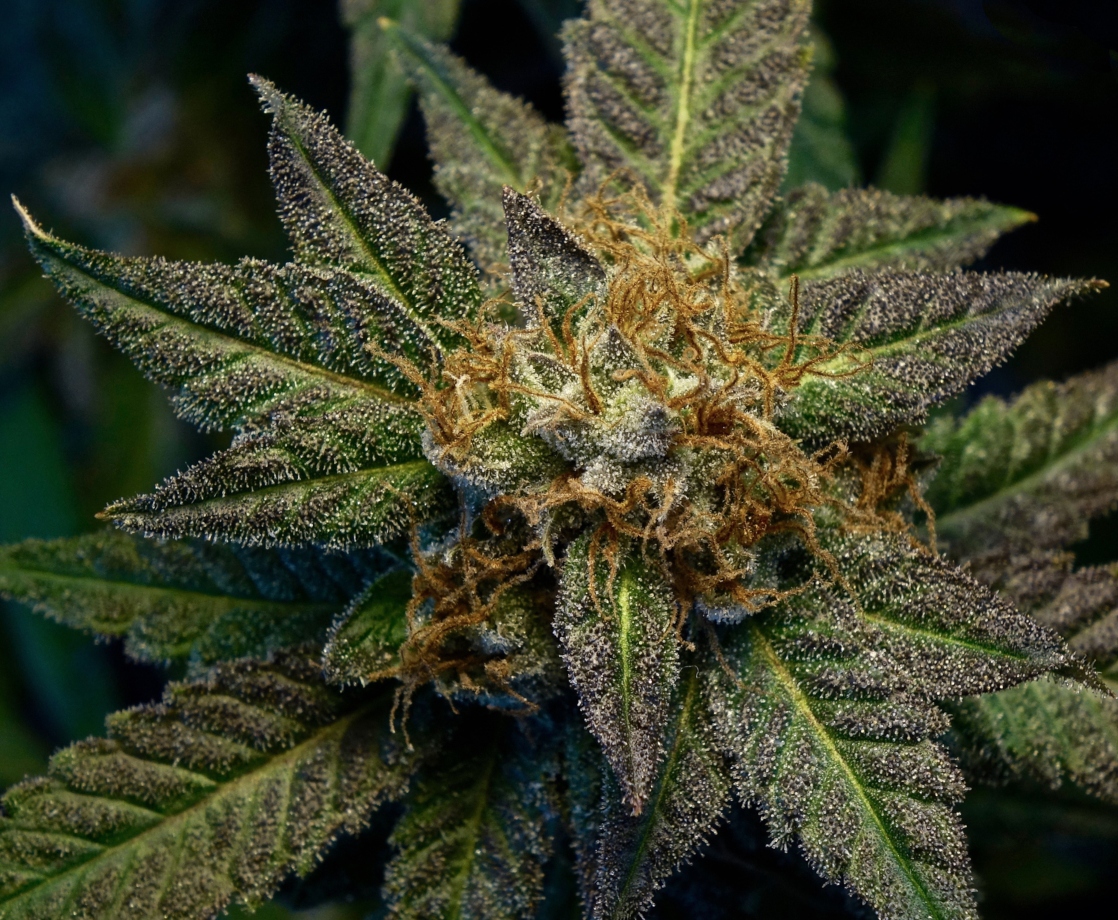A new study reports that whole cannabis flower offers more pain relief than other medical marijuana products, adding to a growing body of evidence suggesting that THC-rich whole flower can be more medically effective than isolated cannabinoids.
The study, published in last month’s Complementary Therapies in Medicine journal, used data from the Releaf mobile app, which was designed to let users keep track of their symptoms before, during, and after using medical marijuana. This app, which was created by three of the study’s co-authors, collected data from 2,987 people between June 2016 and October 2018.
Researchers from the University of New Mexico used this dataset, which they refer to as “the largest database of real-time cannabis administration sessions in the US,” to view over 20,513 user-reported medical marijuana sessions.
In the app, patients are able to report the effects of individual medical marijuana products on five different pain categories: musculoskeletal, gastrointestinal, nerve, headache-related, or non-specified pain. Releaf allows users to rank the effectiveness of each product’s pain relief on a scale of one to ten. On average, users reported their initial pain levels at 5.87 out of 10. After using medical marijuana, users reported that their pain levels dropped to an average of 2.77 — a decrease of 3.1 points.
“Perhaps the most surprising result is just how widespread relief was with symptom relief reported in about 95 percent of cannabis administration sessions and across a wide variety of different types of pain,” said Xiaoxue Li, the lead author of the study, in a statement.
Broken down by type of cannabis product, researchers discovered that “consumption of whole, natural cannabis flower was associated with greater anesthetic potential than were most other types of products.”
Concentrates and topicals provided similar relief to whole flower, but edibles, pills, and tinctures ultimately showed to be less effective. Concentrates were associated with higher levels of side effects than other kinds of products, however, possibly due to the inclusion of solvents or other additives.
Gallery — Weed Porn and Cannabis Up-Close:
“Cannabis likely has numerous constituents that possess analgesic properties beyond THC, including terpenes and flavonoids, which likely act synergistically for people that use whole dried cannabis flower,” said Jacob Miguel Vigil, another of the study’s lead authors, in a statement.
The data also revealed that patients suffering from muscle, headache, or non-specified pain experienced greater relief when using high-THC products. Patients suffering from gastrointestinal pain did better with lower levels of THC. And even though the popularity of CBD-infused products has been growing like wildfire over the past few years, researchers found that this cannabinoid provided little pain relief.
“Our results confirm that cannabis use is a relatively safe and effective medication for alleviating pain, and that is the most important message to learn from our results,” Vigil concluded. “It can only benefit the public for people to be able to responsibly weigh the true risks and benefits of their pain medication choices, and when given this opportunity, I’ve seen numerous chronic pain patients substitute away from opioid use, among many other classes of medications, in favor of medical cannabis.”
This research underscores the pressing need to do away with federal prohibition laws that prevent the widespread use of this medicine.
“Even just rescheduling cannabis from Schedule I to Schedule II, i.e., classifying it with fentanyl, oxycodone, and cocaine rather than heroin and ecstasy, could dramatically improve our ability to conduct research, ” said co-author Sarah Stith in a statement. “It would require the DEA to recognize that accepted medical uses for cannabis exist, as clearly evidenced by our results and the flourishing medical cannabis programs in the majority of US states.”











